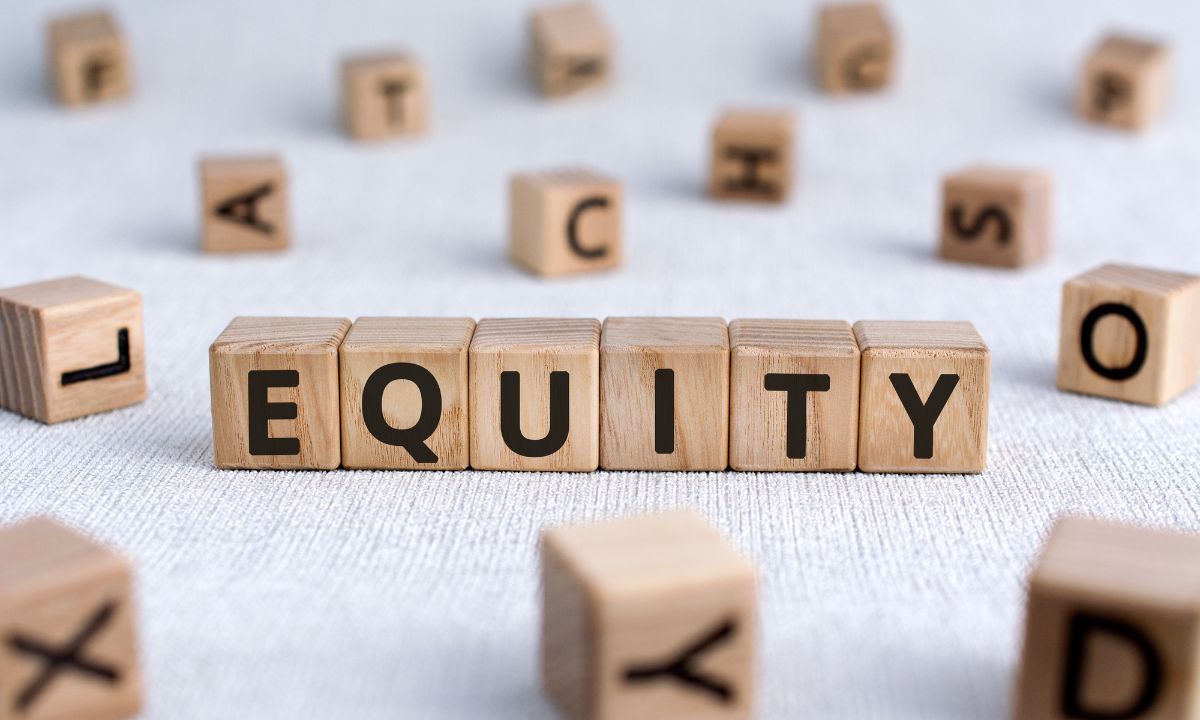Are You In A Position to Cosign on a Loan?
 As home prices continue to rise, some buyers may struggle to qualify for a mortgage on their own. In these cases, a mortgage cosigner can be a helpful solution. However, whether you’re considering asking someone to cosign or you’re being asked to take on this role, it’s essential to understand the responsibilities involved.
As home prices continue to rise, some buyers may struggle to qualify for a mortgage on their own. In these cases, a mortgage cosigner can be a helpful solution. However, whether you’re considering asking someone to cosign or you’re being asked to take on this role, it’s essential to understand the responsibilities involved.
What Does It Mean to Cosign a Loan?
A cosigner agrees to take on the responsibility of paying the mortgage if the borrower cannot. This means their credit will be pulled, and they’ll sign paperwork, but they won’t gain ownership of the property. In many cases, the cosigner is a family member or close friend who acts as a “non-occupant borrower,” meaning they share financial responsibility but won’t live in the home.
Cosigner vs. Co-Borrower
While both cosigners and co-borrowers help with the mortgage process, there’s a key difference. A co-borrower is listed on the property title and has ownership rights, while a cosigner does not. This distinction is important because being on the title can expose you to additional legal responsibilities, such as potential liability if someone gets hurt on the property.
Pros and Cons of Cosigning a Mortgage
Cosigning can provide significant financial assistance, but it also comes with risks.
Pros:
- The borrower may qualify for a larger or more affordable loan due to the cosigner’s income.
- It can enable a borrower with poor or limited credit to secure a mortgage.
- A cosigner’s solid employment history can improve the chances of approval for someone with unstable income.
- The borrower can start building equity sooner by qualifying for a mortgage more quickly.
Cons:
- The cosigner is legally responsible for the mortgage if the borrower defaults.
- Late or missed payments can negatively impact the cosigner’s credit score.
- The loan will appear on the cosigner’s credit report, which may limit their ability to take on additional debt.
- The financial strain could damage the relationship between the borrower and cosigner.
Understanding the Process
Before cosigning, the lender will evaluate both the borrower and cosigner’s finances, including income, credit history, and debt levels. This is part of the pre-approval process, and it ensures that both parties can meet the mortgage obligations. The cosigner will be held accountable if the borrower defaults, which could result in legal action.
Some loans, such as FHA loans, have specific requirements for cosigners, and in these cases, the cosigner may be added to the property title. Additionally, the cosigner must meet certain relationship and residency criteria, as well as financial qualifications like debt-to-income ratios.
Cosigning on a mortgage is a significant commitment with potential benefits and drawbacks. Before moving forward, it’s important to understand the obligations that come with cosigning and explore all available options to find the best solution for both parties.

 Your home equity represents one of your most valuable assets. When it comes to borrowing against that equity, many homeowners question how much can they borrow. Understanding the amount of equity you can tap into today is essential, especially if you’re considering a home equity loan or line of credit (HELOC) for major expenses like home improvements, debt consolidation, or other financial needs.
Your home equity represents one of your most valuable assets. When it comes to borrowing against that equity, many homeowners question how much can they borrow. Understanding the amount of equity you can tap into today is essential, especially if you’re considering a home equity loan or line of credit (HELOC) for major expenses like home improvements, debt consolidation, or other financial needs. As a homeowner or prospective buyer, understanding the intricacies of mortgage management can save you time, stress, and potentially thousands of dollars. Two key concepts that often confuse borrowers are mortgage prepayment and mortgage payoff. While both strategies can reduce the overall interest paid and shorten the loan term, they function differently. Let’s break down what each term means and how they can affect your mortgage journey.
As a homeowner or prospective buyer, understanding the intricacies of mortgage management can save you time, stress, and potentially thousands of dollars. Two key concepts that often confuse borrowers are mortgage prepayment and mortgage payoff. While both strategies can reduce the overall interest paid and shorten the loan term, they function differently. Let’s break down what each term means and how they can affect your mortgage journey. Understanding your options when shopping for a mortgage is crucial to making the best financial decisions. One option that is not well known is the Flex Payment Mortgage. But what exactly is it, and how can it benefit you?
Understanding your options when shopping for a mortgage is crucial to making the best financial decisions. One option that is not well known is the Flex Payment Mortgage. But what exactly is it, and how can it benefit you? Filing for Chapter 13 bankruptcy can be a challenging experience, but it doesn’t mean the end of your dreams of homeownership. While the path to securing a mortgage after Chapter 13 might seem daunting, with careful planning and dedication, it’s entirely possible. Here’s how you can prepare yourself for a successful loan application and rebuild your dream home.
Filing for Chapter 13 bankruptcy can be a challenging experience, but it doesn’t mean the end of your dreams of homeownership. While the path to securing a mortgage after Chapter 13 might seem daunting, with careful planning and dedication, it’s entirely possible. Here’s how you can prepare yourself for a successful loan application and rebuild your dream home.